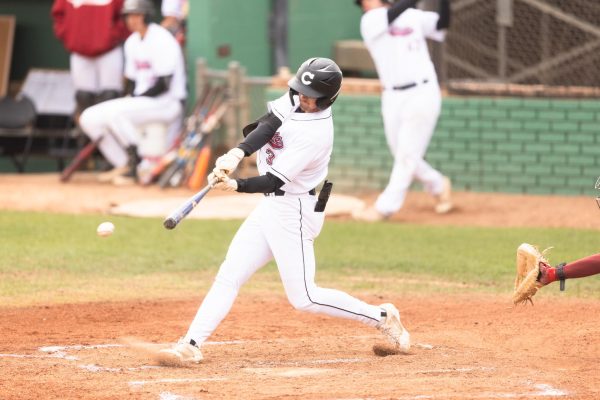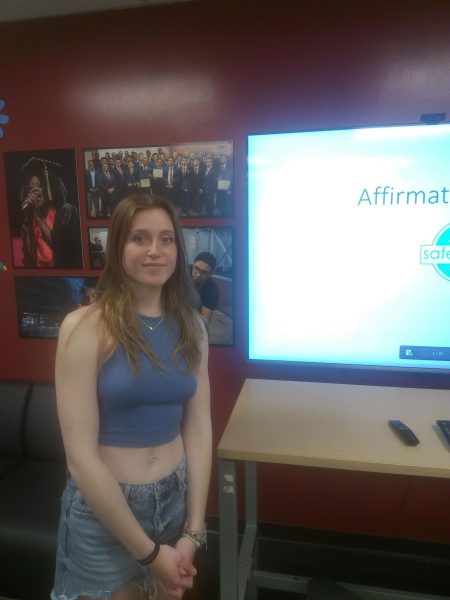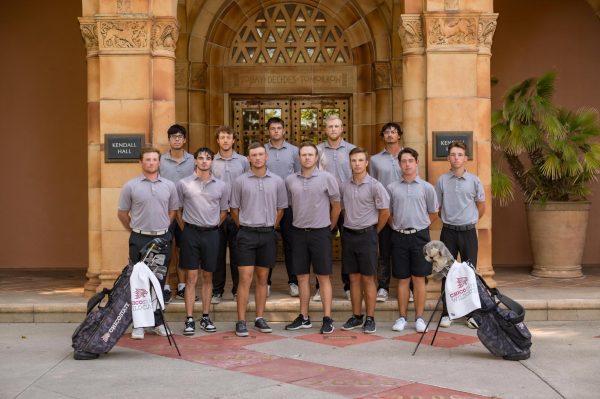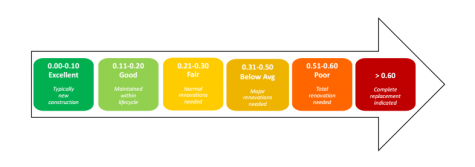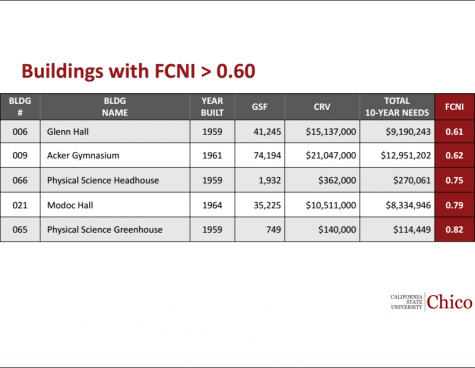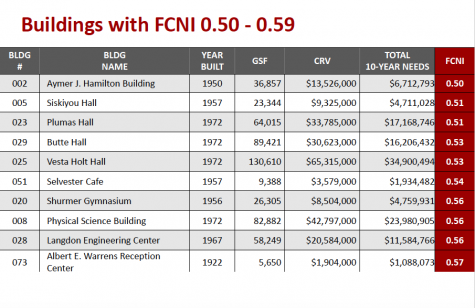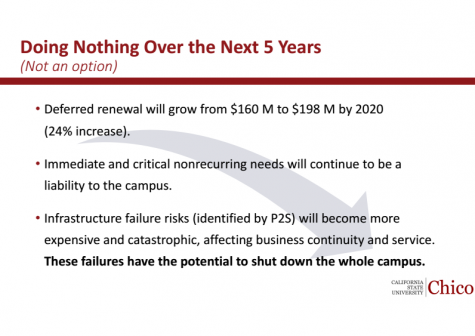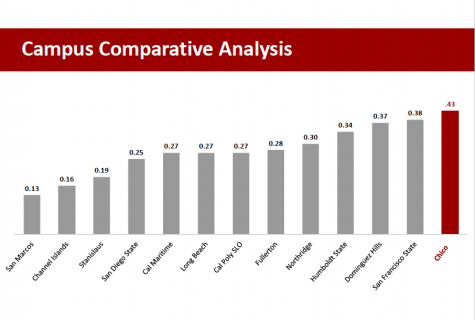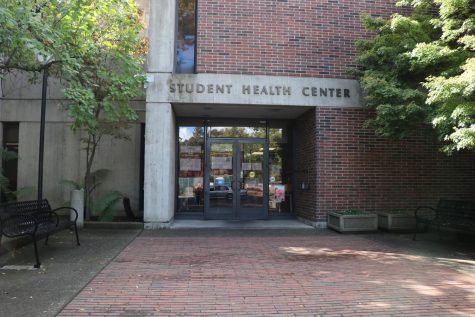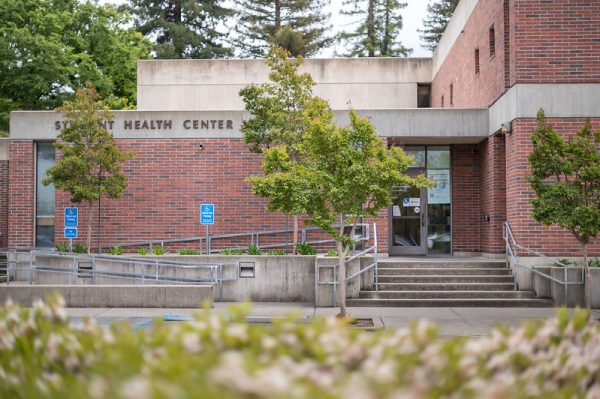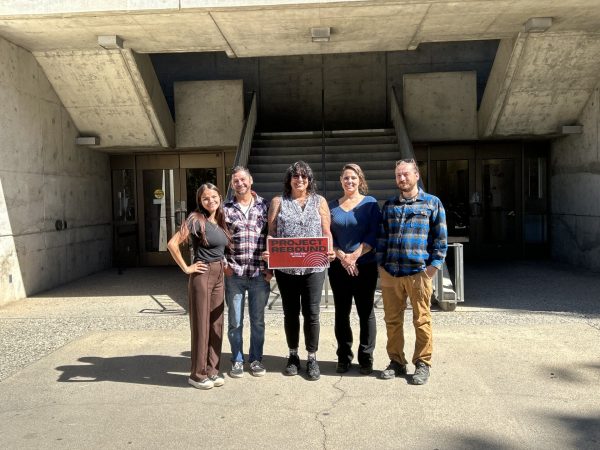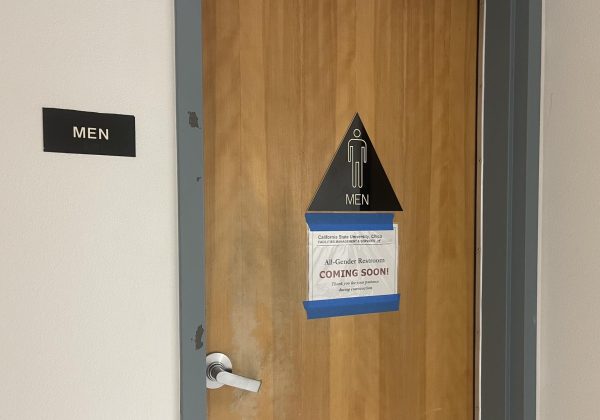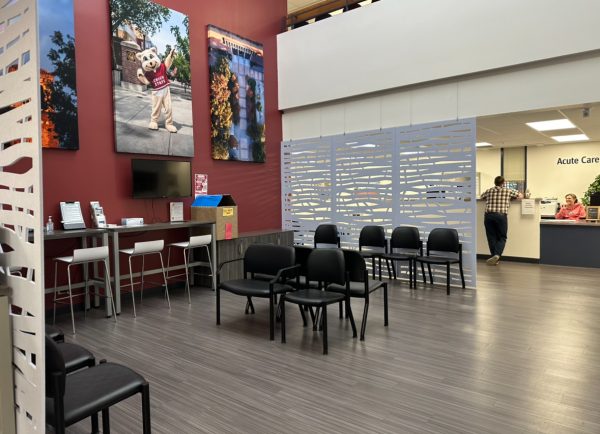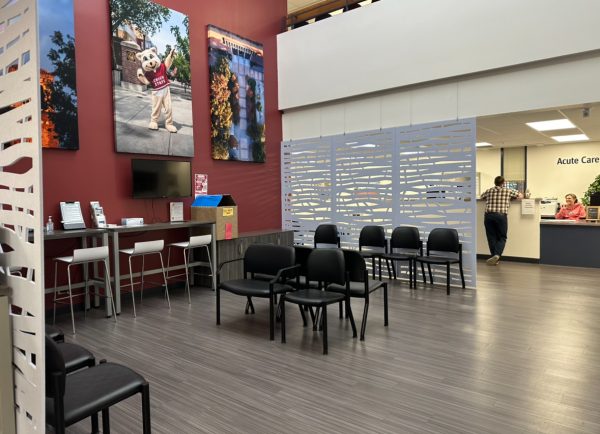As Chico State delays building maintenance, backlog grows to $166 million
Chico State is feeling its age.
The second-oldest campus in the CSU system has put off $166 million worth of building repairs, according to a report by ISES Corporation, a facilities consultation company. In 2016, ISES evaluated 39 Chico State buildings and determined they were in below-average condition, with 33 percent of them in need of total renovation or complete replacement.
ISES also estimated that the backlog of deferred maintenance would grow to $198 million by 2020.
“Infrastructure failure risks will become more expensive and catastrophic, affecting business continuity and service,” warns one portion of ISES report, which The Orion obtained through a public records request. “These failures have the potential to shut down the whole campus.”
When deferred maintenance—the delay of regular maintenance to campus buildings—is prolonged, its cost increases.
“It’s like when you have leaves in your gutter,” Campus Architect Sandra Beck said. “If you clean out the leaves right after a storm then it’s going to be easier, but if you wait too long then those leaves are going to clog your gutters and become a lot harder to clean.”
To reduce the deferred maintenance backlog, the university needs to invest $13 million annually, the ISES report states. However, the university is currently committing $2.4 million to $2.6 million per year, according to Mike Guzzi, the recently hired Facilities Management and Services director.
“The campus is doing a good job of holding it together, patches here and there” Associated Students President Michael Pratt said. “But you can only do so many repairs to buildings that are 60 or more years old and then you can’t repair it anymore. It will get to a point where things are falling apart and students will be impacted.”
ISES scores buildings on a scale of 0 to .60 that indicates the condition of the building. Chico State received an overall Facilities Conditions Needs Index score of .43. This means that many of Chico State’s facilities are in need of significant renovation or replacement. However, nationwide, many campuses struggle to balance their deferred maintenance needs.
“From my experience this is nothing out of the norm. It’s a really a question of Chico trying to manage this backlog and not let it get worse,” said Tony Simpson, the West Coast vice president of ISES Corp, who evaluated the campus.
Glenn Hall, Acker Gym, Modoc Hall and the Physical Science Greenhouse are in the worst shape, according to ISES’s report. Each building scored higher than .60, indicating the need for a complete replacement.
Ten buildings including Butte and Plumas halls and Shurmer Gym fall into the “poor” category, which indicates they need total renovation. And some of the most recognized buildings on campus, including Meriam Library, Kendall and Trinity halls, are considered in below-average condition. They require major renovations, according to ISES.
Budget Cuts
Facilities Management and Services maintains campus buildings and infrastructure.
Before the 2008 recession, Facilities Management’s budget was nearly $14 million per year. Of that funding, $6.4 million was devoted to maintenance needs.
In 2009 however, Facilities Management’s budget took a serious hit. Funding from the legislature abated after the recession and CSU campuses had to cut back. The department’s overall budget dropped to just over $8 million a year, and remained stagnant for seven years. During those years, Facilities Management spent $1.7 million to $2.5 million on campus maintenance per year.
Meanwhile, the backlog of deferred maintenance swelled.
“It may be $13 million to fix the problem this year, but because it’s continuing to decay, the next year it could cost $15 million,” Guzzi said. “It’s an exponential issue.”
And while the campus’ facilities need significant attention, the same is true for Chico State’s underlying infrastructure, Guzzi said.
In 2013, Fresno State lost power for three days because it’s main switch, which routed electricity into the university, went down, The Orion reported.
Chico State’s electrical system is similar to that of Fresno State in that it has a single main feed connecting the university to PG&E. The electricity is carried to campus buildings via underground branches, Guzzi said. Like Christmas lights, if a link in the connection fails, then buildings down the line would lose power.
“Failure of the (electrical) system could result in loss of power to the entire campus and hence this is a high risk to the campus,” Beck said in a March 8 email to Interim Vice President for Business and Finance Jim Hyatt.
As of now, Chico State is waiting for the Chancellor’s Office to deem this project worthy of funding.
It could cost at least $21.6 million, according to Beck’s email.
Finding the Funding
Chico State, along with other CSU campuses, asks the Chancellor’s Office every year for extra one-time funding for capital and infrastructure projects.
The university recently received $2.2 million to excavate the breezeway of Meriam Library and waterproof the basement. Heavy rains over the last two years caused the water table to rise, and water has been seeping into the basement offices.
“There were offices that were uninhabitable,” Hyatt said. “So we lost space there until that was corrected.”
The university received funding for this project because its critical status made it a priority on the capital outlay list at the Chancellor’s Office.
“There’s a list, a priority list, of projects, from all 23 campuses,” said Mike Uhlenkamp, the director of media relations for the Chancellor’s office in Long Beach. “It’s a revolving list.”
Right now, Chico State is ninth on the list to receive funding for the new physical sciences building, which would cost $82 million and begin construction in 2020.
But the list also includes the deferred maintenance for 23 campuses.
“Across the system, we have a $1.9 billion backlog in deferred maintenance,” Uhlenkamp said. “It’s unfortunate, but the reality is that this is something that is taking place on all campuses.”
The Chancellor’s Office seeks additional funding from the state legislature for infrastructure and building projects. But after the recession, funding dwindled.
“Collectively, over a 15-year period, we had asked for $293 million. (The legislature) provided $9.3 million,” Uhlenkamp said. “That just kind of illustrates how little funding was allocated for deferred maintenance from the state of California.”
And without regular state funding for deferred maintenance, Uhlenkamp said the CSU will not be able to support all the needs of each campus.
“There’s only so much we can do,” Uhlenkamp said. “We can ask for funding. If the people that control the purse strings don’t provide funding, then there’s not much we can do about it.”
In 2003, the Chancellor’s Office handed over the responsibility for campus infrastructure maintenance to university presidents with Executive Order 847.
“It is the responsibility of the university president to ensure that appropriate resources are directed toward meeting the requirement of proper operations and maintenance of the campus physical plant,” the order states.
When Paul Zingg arrived on campus in 2005, the facilities were in need of a lot of attention, he said.
“There was not an overall strategic approach to dealing with deferred maintenance, and then everything was threatened when we went seven consecutive years without any kind of increase in state funding,” Zingg said. “And as a result, not just at Chico but everywhere in the system, deferred maintenance got pushed to the back burner.”
During Zingg’s tenure, six campus buildings were built and plans to update the boiler and chiller plant, the campus’s heating and cooling system, were started.
Student services and staff and faculty salaries took precedence over infrastructure needs in the budget allocations at that time, he said.
So, Chico State, like other CSUs, is turning to fundraising to fill the gap.
For example, the new physical sciences building will cost $4 million more than anticipated.
Vice President of University Advancement Ahmad Boura said his staff are asking donors to fund the remaining $4 million. As of now, nothing has been raised.
Advancement is also trying to raise money for a replacement for Glenn Hall, an agricultural complex at the University Farm and renovations to other campus structures, such as Butte Hall.
“Fundraising always provides part of the solution,” Boura said. “It’s never the solution.”
President Gayle Hutchinson said funding facilities is high on her priority list for the upcoming year.
“It’s high, but it comes back to resources,” she said. “And I think as we look at it, we really have to consider how we phase these things in over time. We don’t have the money to cover (deferred maintenance), so we’re going to have to figure out how we’re going to phase that in.”
Hyatt said the Physical Sciences Greenhouse will be replaced this summer and there is a replacement plan for Glenn Hall though it still lacks funding. But, Acker Gym and Modoc Hall will stay as is unless plans to renovate classrooms are funded by the Chancellor’s Office.
“It sounds like everybody is aware of the problem. Everyone recognizes it,” Guzzi said. “Now we have to stop admiring the problem and do something about it.”
Contributors can be reached at [email protected] or @SullivanMollyM , @elizabethc718 and @GLuisSandoval on Twitter.
